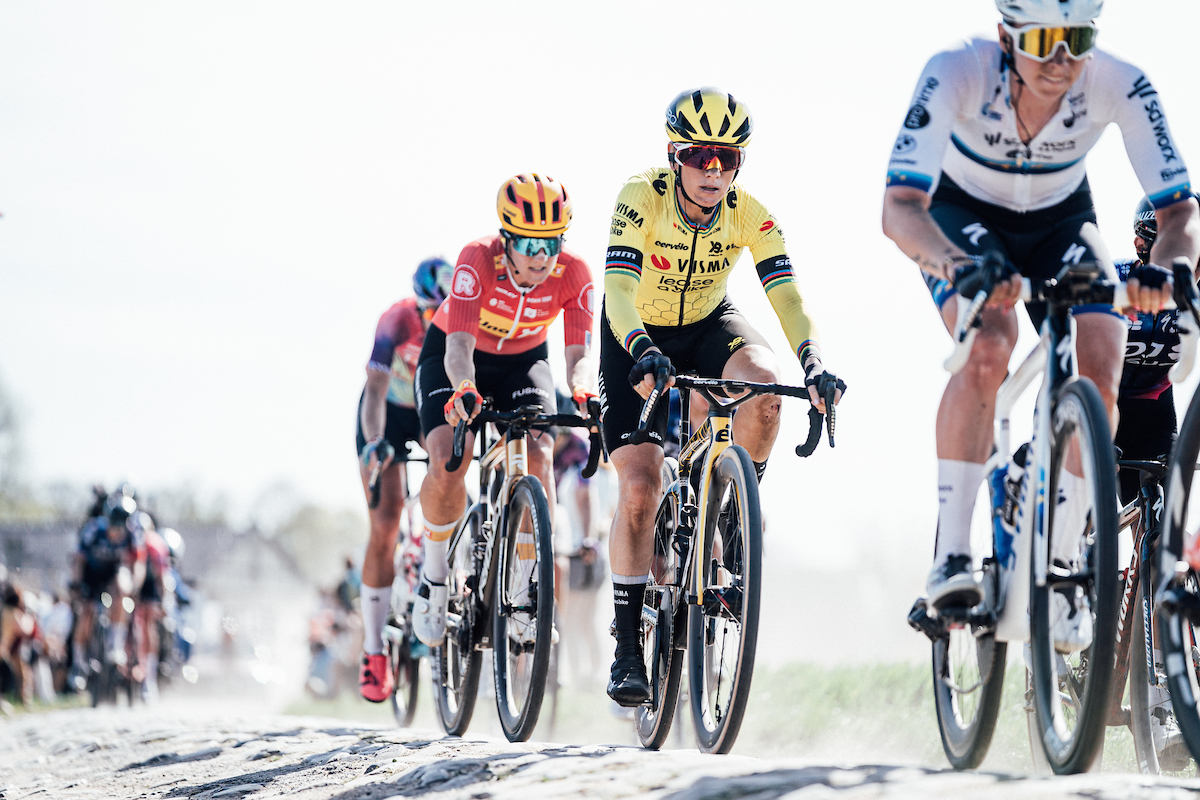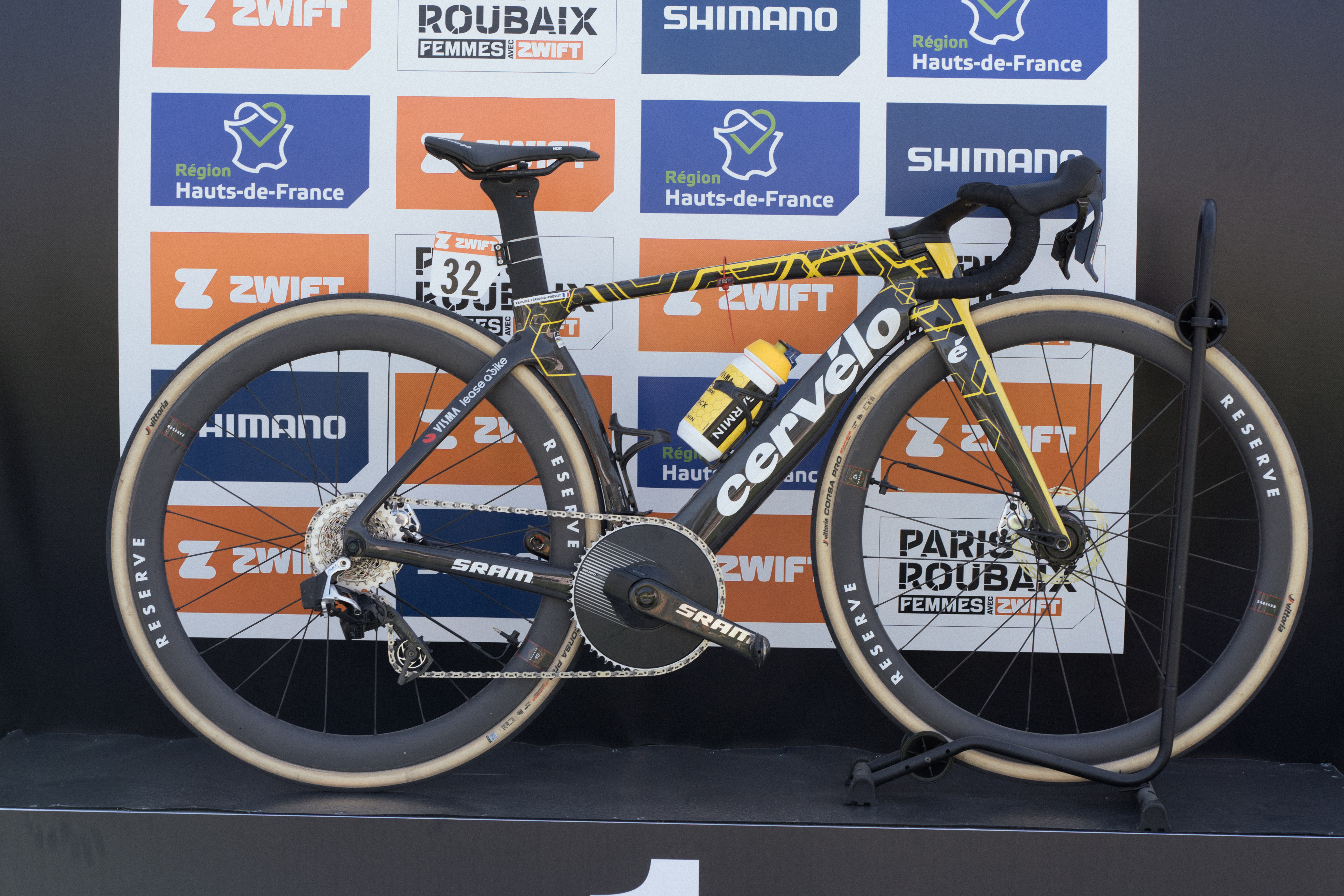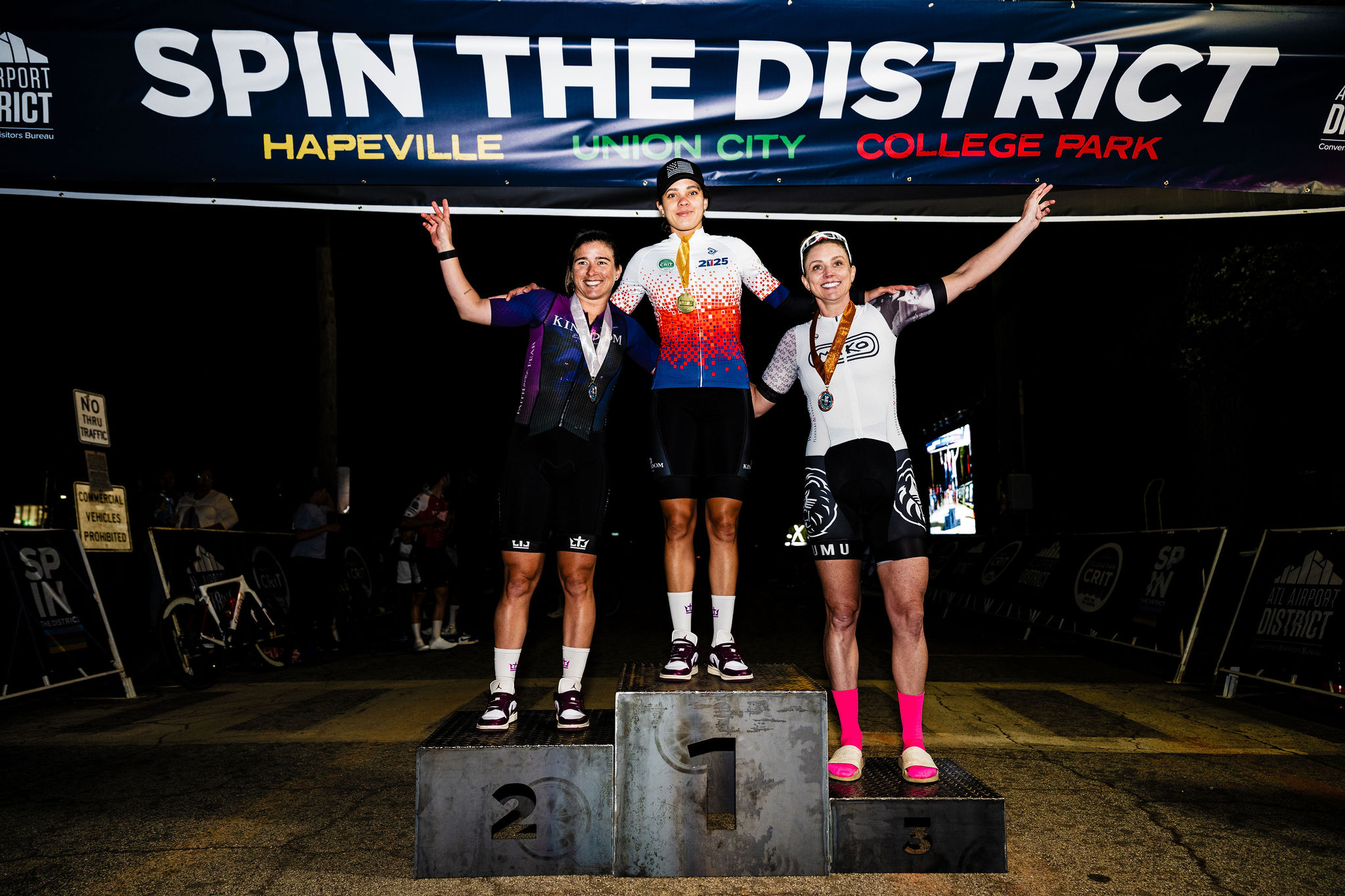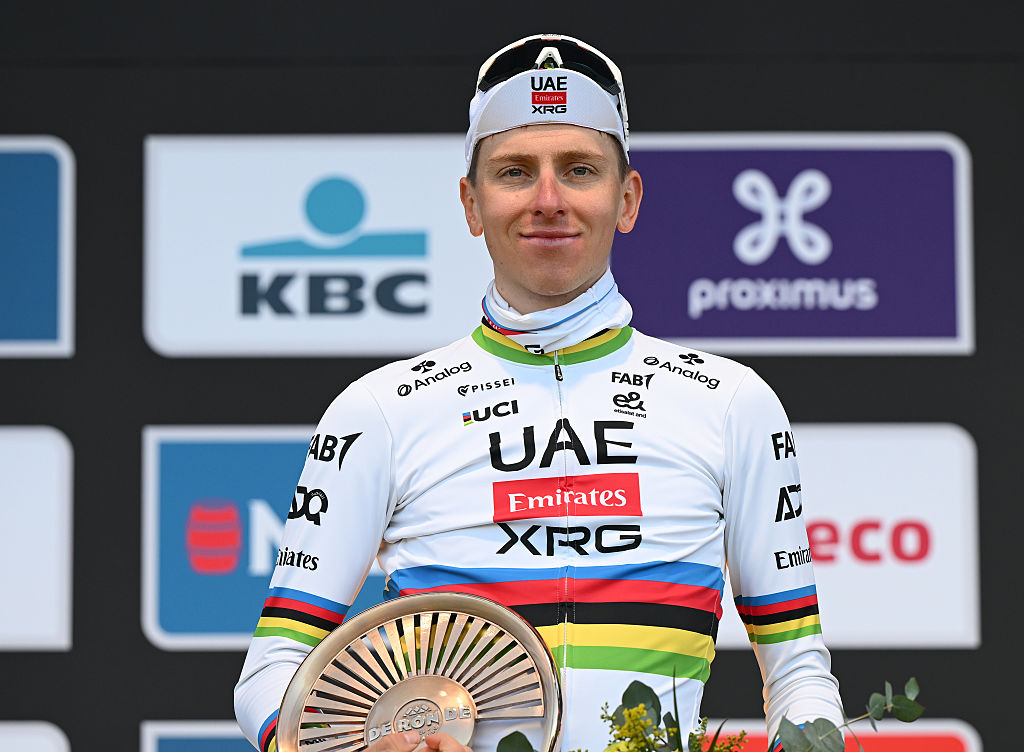Tour de France 2015 Stage 19 preview: Saint-Jean-de-Maurienne - La Toussuire - Les Sybelles, 138 km
The hardest stage of the entire Tour sees the peloton tackle four major Alpine climbs
Even by the brutal standards of the 2015 Tour route, this stage stands out as a sadistic piece of route planning by the race organisers. Good or bad days for the climbers here will be magnified by the exacting series of climbs, the Col du Chaussy, the Col de la Croix de Fer, the Col du Mollard and La Toussuire, and it will be a crucial day in the general classification.
The Chaussy is a new Tour climb (although its descent incorporates part of the often-used Col de la Madeleine), but the Croix de Fer is a real Tour stalwart. In a reminder to the riders of the essential inevitability of upward gradients at the Tour de France, they are being sent right back up the same road they descended from the Col du Glandon just the day before, but once they reach the top they will turn left and climb another three kilometres to the Croix de Fer’s summit. The long descent of the Croix de Fer is interrupted by the second category Col du Mollard, which itself has a televisual set of hairpins on the descent, and then the riders tackle the long grind up to La Toussuire, a summit finish which makes up for a relative overall lack of steepness with a very hard start and a long duration.
The numbers tell the story. There are more kilometres of climbing between St Jean de Maurienne and La Toussuire than any other stage – 61.5km in total. In comparison, stages 11 to Cauterets, 12 to Plateau de Beille, 17 to Pra Loup and 20 to Alpe d’Huez, all total between 41 and 47km of climbing. There’s consequently more vertical gain – 4,106m, compared to 3,522m on stage 12 (this doesn’t even include the undulations in the valley roads between the climbs). La Toussuire is the longest summit finish of the race – at 18km it’s 2.2km longer than Plateau de Beille.
The eventual winner of the Tour will have to show himself here. With the end of the Tour so close, there will be no holding back.
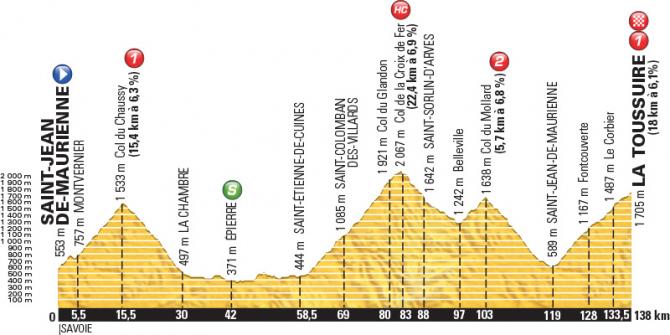
Tactical explainer
There’s one really excellent tactic on a stage like this: be the strongest climber. For the final 80km of the stage, the road is either steeply climbing or steeply descending, so the course itself will impose sporting logic on the result to a certain extent.
However, there are things that the main favourites may try to do on this stage which will maximise their chances of doing well. While teams with confidence and strong climbing domestiques can choose the basic tactic of riding in a train on the front of the peloton, other teams might seek to put riders in the early break with the express intention of being able to help their leader later in the stage. A rider who might lose two minutes to the favourites’ group on the Col de la Croix de Fer will be put in the attack, which will sit four or five minutes up the road. That rider will therefore be available after the Croix de Fer, whereas in normal circumstances he would not. Seeing the composition of the break once it has formed will tell us a lot about which team leaders want to control the stage, and which want to sit back and save their effort for later.
It’s not just the GC riders who try to exploit the composition of the early break. A good climbing stage hunter will be put at a huge advantage if has one, or even two, team-mates with him. They effectively become a mini-team within a team – a leader, and a domestique, who can carry bottles and do the early work so that the main rider is as fresh as possible for the end of the stage.
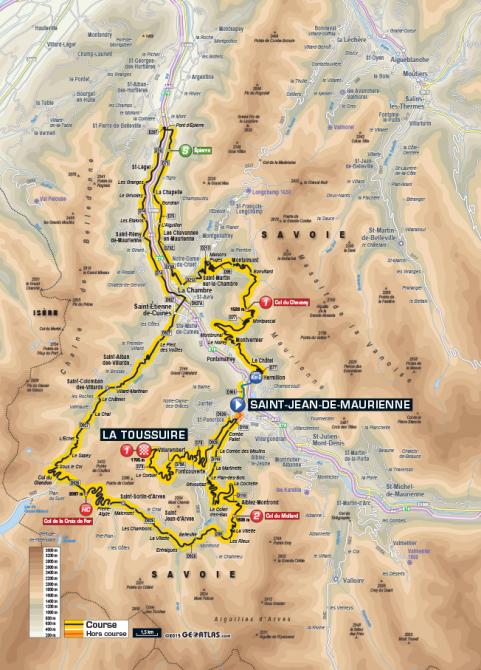
Robert Millar's View
“Probably the stage which decides the Tour. With a bit of La Madeleine to start with then the hardest side of the Glandon, down the dodgy descent of the Croix de Fer and back up to La Toussaire. Ouch. You'll need all your mental and physical skills on this day because once the climbing starts there are no long recovery zones. The descents are the kind where eating is a calculated risk and the uphills are grippy so this will be a day which takes everyone to their limit.
"How hard are these big climbing days? Well in my first Tour I had to stop under a tree six kilometres from the top of the Glandon as I needed to regain some composure. Climbing Alpe d'Huez after that crisis wasn't great but then I retrieved a Stephen Roche doing zigzags and I realised even the talented can be broken by nature.”
Stats & Facts
- The Col de la Croix de Fer is the longest single climb in the 2015 Tour de France, at 22.4km.
- The Croix de Fer also has the biggest height gain of any single climb, at 1,545m, although the combined height gain of the Télégraphe and Galibier in stage 20, incorporating a short descent, is 1,914m, over 35.5km.
- There are more kilometres of classified climbs in this stage than any other. Today totals 61.5km while stage 12 is in second, with 47.1km.
Schedule
0km Start St Jean de Maurienne 13:20
15.5km Cat 1 climb Col du Chaussy 14:07
42km Sprint Épierre 14:40
83km HC climb Col du Glandon 16:07
103km Cat 2 climb Col du Mollard 16:38
138km Cat 1 climb/Finish La Toussuire 17:45
The text in this preview first appeared in the July edition of ProCycling magazine
Get The Leadout Newsletter
The latest race content, interviews, features, reviews and expert buying guides, direct to your inbox!
Latest on Cyclingnews
-
More comfortable and more adherence on back wheel – Pauline Ferrand-Prévot embraces adjustable tyre pressure edge at winning Paris-Roubaix debut
Visma-Lease a Bike rider says for Tour of Flanders the self-inflating technology was a 'maybe but maybe not' though 'for the cobbles of Paris-Roubaix there is no question' -
Gallery: Paris-Roubaix women's podium bikes
Fresh off the cobbles, all three bikes from the podium of Paris-Roubaix Femmes -
USA CRITS: Lucas Bourgoyne goes back-to-back at Hapeville Crit while Aylena Quevedo takes pro women's win
Women's Kingdom Elite team goes one-two with Jeydy Praderas on podium ahead of Erica Carney -
'We should just go for it' - Tadej Pogačar nervous but confident about Paris-Roubaix debut
UAE Team Emirates prepare to take on Van der Poel, Pedersen, Van Aert in the Hell of the North
